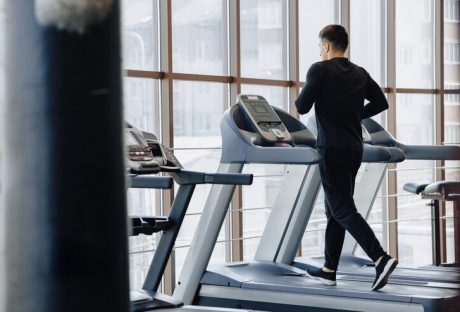In the ever-evolving landscape of healthcare, where patient care takes centre stage, the attire of medical professionals has undergone a remarkable transformation. Gone are the days when nursing uniforms were monotonous and drab; the contemporary nurse scrubs not only exude professionalism but also offer a unique opportunity to reflect one’s personality. This paradigm shift has revitalised how nurses present themselves and fostered a positive impact on patient interactions and overall workplace ambience.
The Evolution Of Nursing Attire: From White To Vibrant

Traditionally, nurses were often seen in crisp white uniforms, a symbol of purity and devotion to the profession. However, these uniforms were far from practical, and prone to stains and discomfort. The need for more functional attire became evident as the healthcare industry embraced modernisation. This led to the introduction of nursing scrubs – comfortable, easy to move in, and hygienic.
But it didn’t stop there. The evolution of medical scrubs into a canvas for self-expression has ushered in a new era. The once-uniform sea of solid blues and greens has given way to a spectrum of colours, patterns, and styles. Today’s nursing scrubs are available in many shades, allowing nurses to choose colours that resonate with them and brighten their spirits. From calming pastels to bold hues, these scrubs reflect the diverse personalities of the healthcare workforce.
Personalisation: The Modern Approach To Professional Attire
In a field where compassion and human connection are paramount, allowing nurses to infuse their style into their work attire has yielded numerous benefits. When nurses feel comfortable and confident in their wear, it radiates through their interactions with patients. This newfound freedom to personalise scrubs has enhanced the sense of individuality and fostered a sense of camaraderie among healthcare teams.
Embracing one’s culture, interests, and even hobbies through scrubs has become a way for nurses to create a more welcoming and relatable environment for their patients. A nurse adorned with cheerful floral scrubs might unknowingly bring a smile to a patient’s face, providing a momentary distraction from their ailment. Conversely, a nurse in scrubs featuring subtle geometric patterns might emanate a sense of calm and professionalism that some patients find reassuring.
Fostering Unity in Diversity
The newfound diversity in medical scrubs is not just about personal expression but also about inclusivity. Hospitals and healthcare facilities are made up of individuals from various cultures, backgrounds, and walks of life. Allowing nurses to wear scrubs that resonate with their identity fosters a sense of belonging and promotes an inclusive work environment.
By embracing their cultural heritage or personal beliefs through their scrubs, nurses can communicate acceptance and open-mindedness without uttering a word. This silent yet powerful display of diversity in the workplace contributes to a harmonious atmosphere where every nurse feels valued for their unique contributions.
Maintaining Professionalism Amidst Personalisation
While introducing personalisation into nursing uniforms has undoubtedly injected a fresh sense of identity and approachability, balancing personal expression and maintaining a professional appearance is essential. Many healthcare institutions have established guidelines to ensure that personalisation does not compromise hygiene or give rise to inappropriate choices.
In conclusion, the evolution of nurse scrubs from simple uniforms to personalised attire is a reflection of the changing dynamics in the healthcare industry. The modern nursing scrub is more than just a piece of clothing; it’s a medium through which nurses convey their personalities, create connections, and foster an inclusive environment. By striking a harmonious balance between personal expression and professionalism, nursing uniforms have transcended their functional purpose to become a symbol of unity, compassion, and care. As the healthcare field continues to evolve, one thing remains clear – nursing scrubs will keep evolving alongside, reflecting the diverse and dynamic individuals who proudly wear them on their path to healing and making a difference.
Read Also:






















